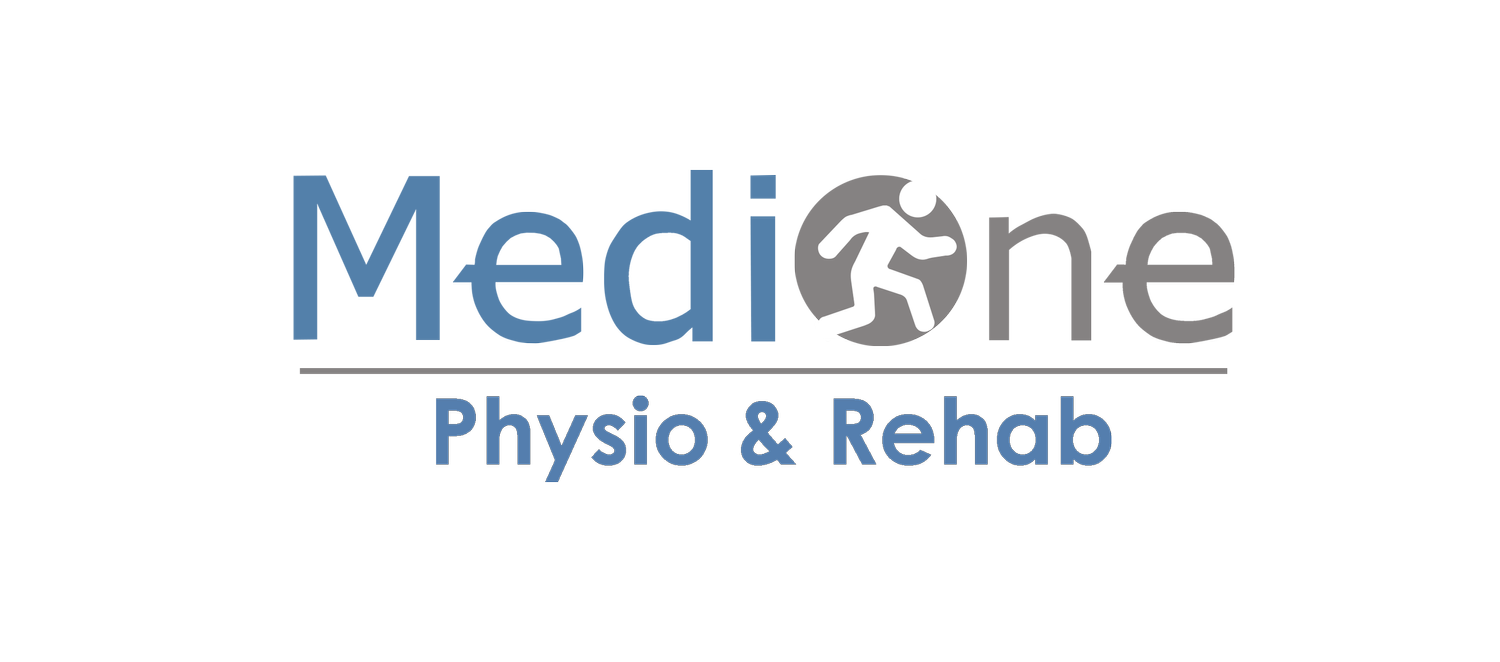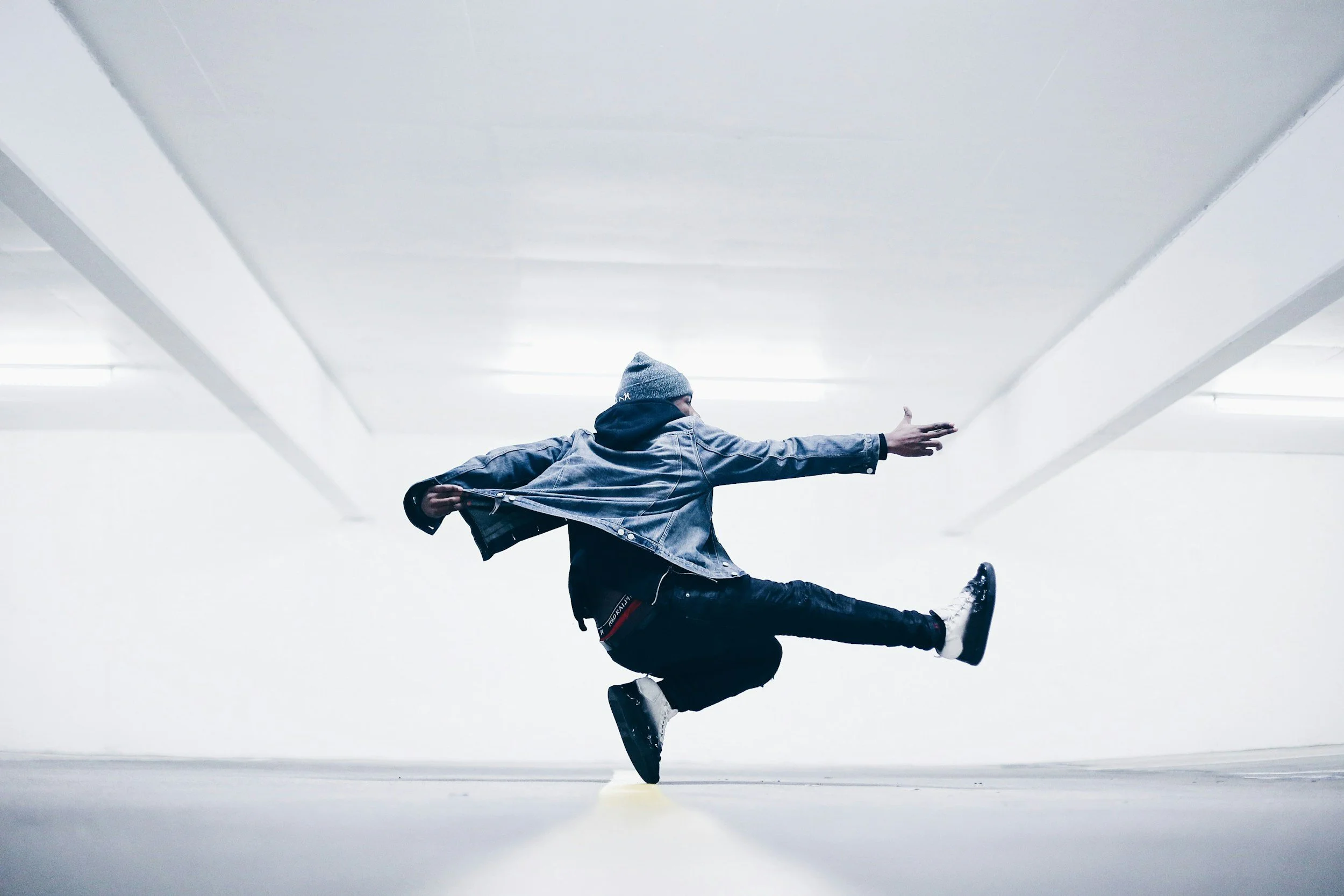How Micro-Movements Prevent Big Injuries
In the context of musculoskeletal health, small, frequent corrective movements — or “micro-movements” — frequently get overlooked despite their potential to pre-empt larger injuries. Contemporary research emphasises neuromuscular control, biomechanics and movement quality as foundational to injury prevention. For a multidisciplinary practice like ours (physiotherapy, chiropractic, massage/osteopathy), integrating micro-movement strategies offers a proactive layer of care beyond simply reacting to pain or dysfunction. This article explores the evidence, explains how micro-movements operate across tissues and systems, and outlines how each discipline (physio, chiro, massage/osteopathy) plays a role.
Biomechanical Rationale For Micro-Movements
Research in sports and rehabilitation shows that poor movement patterns, lack of neuromuscular control and uncontrolled joint loading predispose to injury. For instance, the review by Penichet-Tomas et al. (2024) shows the role of biomechanics in identifying and correcting movement patterns that increase joint or soft-tissue stress. Exercise programmes focusing on proprioception and controlled movement reduced lower-limb injury incidence by 40 % in a community rugby cohort (Attwood et al., 2018). Micro-movements function by keeping tissues loaded within safe thresholds, promoting adaptability, and preventing micro-damage accumulation.
Physiotherapy intervenes by assessing movement quality (squatting, hinging, loading) and prescribing micro-movement drills (e.g., micro-breaks, motor control mini-sets) to enhance motor control and robustness.
Chiropractic can address joint restrictions or segmental dysfunction that impede smooth micro-movements, restoring range and enabling the movement quality needed for prevention.
Massage/Osteopathy can address soft-tissue restrictions or fascial adhesions that limit micro-movements or create compensatory loading, thereby enabling more efficient movement.
Micro-Movements In Daily Habits And Ergonomics
Often injury risk derives not from a singular trauma but from repeated sub-threshold loads and habitual positions (e.g., prolonged sitting, repetitive lifting, minimal rest). Incorporating micro-movements (e.g., short posture breaks, tiny corrective shifts, dynamic transitions) interrupts cumulative loading. The injury-prevention literature supports movement control programmes that emphasize frequent, controlled loading and neuromuscular activation rather than only large sessions of exercise. In practice, embedding micro-movements into daily tasks enhances resilience.
Physiotherapy can design micro-movement protocols that fit into a 5-minute break: e.g., standing hip hinge, scapular retraction, pelvic tilt resets.
Chiropractic can identify habitual static postural faults (e.g., anterior pelvic tilt, forward head) that reduce dynamic micro-movement opportunities, and adjust accordingly.
Massage/Osteopathy can release stiffness from habitual positions (e.g., desk sitting, phone use) that inhibit micro-movement, making the corrective movement easier and more effective.
Progression-Based Micro-Movement For Prehabilitation And Maintenance
Rather than waiting for injury, micro-movements become part of a maintenance strategy. The principle: frequent low-load, high-quality movement improves tissue tolerance, neuromuscular coordination, and joint health. Movement-control programmes (which include such micro-movements) have shown meaningful reductions in injury incidence in high-risk populations (e.g., rugby players) when compliance is maintained. For general populations, the same concept applies: frequent small corrective sets keep the system primed.
Physiotherapy can enrol patients in “micro-movement maintenance” regimens: maybe 2-3 micro-sets daily, graded in difficulty, and re-assessed over time.
Chiropractic can monitor segmental joint function over time, ensuring alignment and mobility are maintained so micro-movements remain effective rather than compensatory.
Massage/Osteopathy can perform periodic soft-tissue tune-ups to prevent stiffness from accumulating and thus support ongoing micro-movement efficacy.
Implementation, Monitoring And Compliance Challenges
The efficacy of micro-movement strategies depends on consistent application, correct form, and tailored progression. Studies note that compliance is a significant moderator of success in movement-control programmes. Monitoring methods might include wearable sensors, movement logs or periodic functional screening. For clinics, integrating monitoring and feedback increases uptake. Additionally, the disciplines must collaborate: physiotherapists set up the movement plan; chiropractors check structural readiness; massage/osteopathy facilitate tissue readiness; all communicate outcomes.
Physiotherapy must provide clear instruction, tracking (e.g., mobile app, checklist), feedback and progression.
Chiropractic must ensure structural segments are moving and aligned to allow micro-movements to have effect rather than be blocked.
Massage/Osteopathy must provide follow-up sessions that recognise adherence levels, tissue responses, and help maintain the micro-movement habit.
Micro-movements are not trivial; they form a strategic layer of injury prevention that bridges daily habits and formal rehabilitative/strength training. For a multidisciplinary clinic structure, embedding micro-movement protocols across our services such as physiotherapy, chiropractic and massage/osteopathy allows you to build resilience, reduce cumulative load risk, and maintain function. When executed with structure and monitoring, the evidence suggests significant reductions in injury risk.
References
Attwood, M. J., Roberts, S. P., Trewartha, G., et al. (2018). Efficacy of a movement control injury-prevention exercise programme in adult men’s community rugby union: a cluster randomised controlled trial. British Journal of Sports Medicine, 52(6), 368-375.
Lin, C. C., Moseley, A. M., Refshauge, K. M., Haas, M., & Herbert, R. D. (2006). Effectiveness of joint mobilisation after cast immobilisation for ankle fracture in adults: a randomized trial. BMC Musculoskeletal Disorders, 7, 46.
Penichet-Tomas, A., et al. (2024). Applied biomechanics in sports performance, injury prevention and rehabilitation. Applied Sciences, 14(24), 11623.
Root, H. J., et al. (2023). Preventive training program feedback complexity and injury risk. Frontiers in Sports and Active Living, 5, 115.







